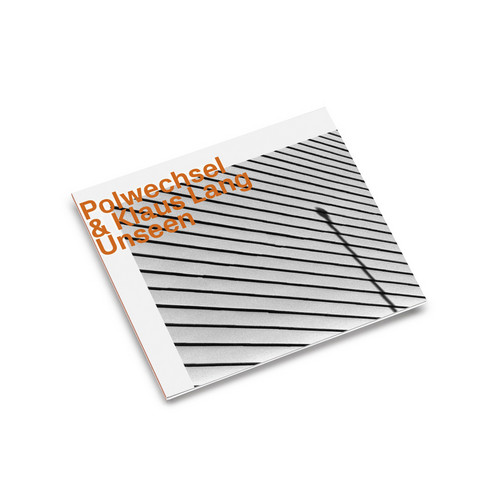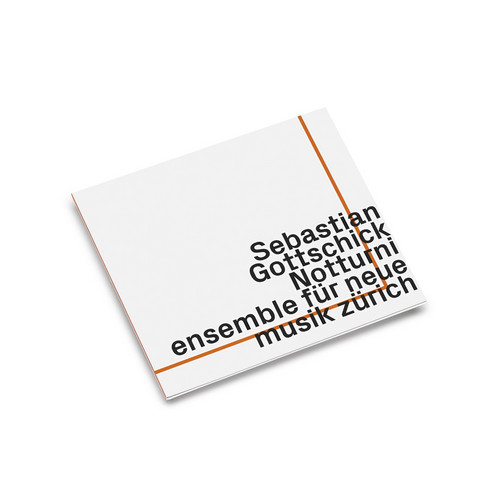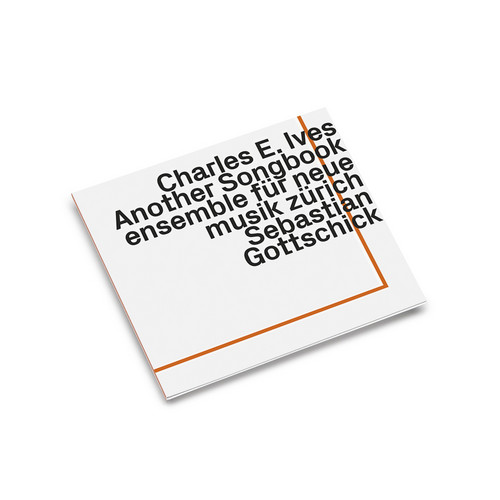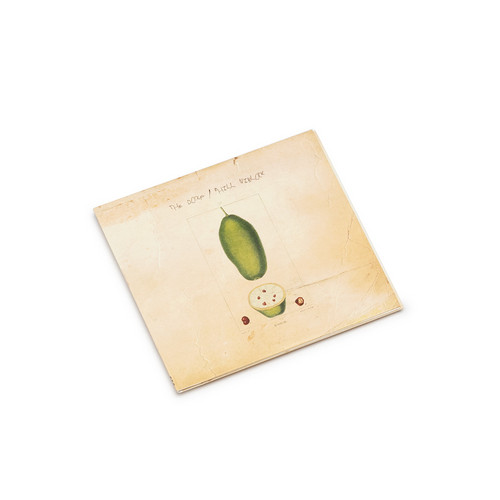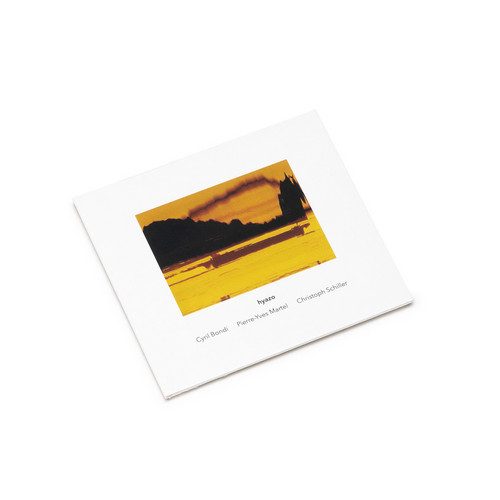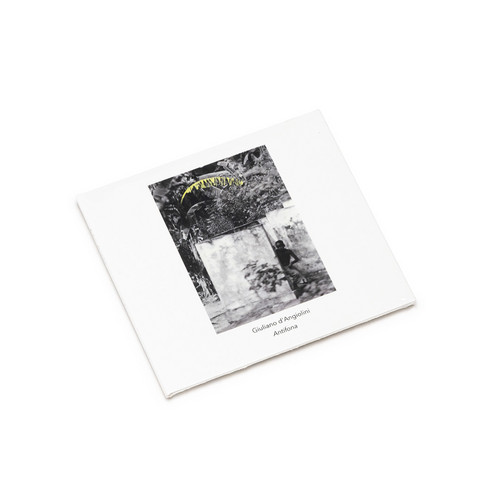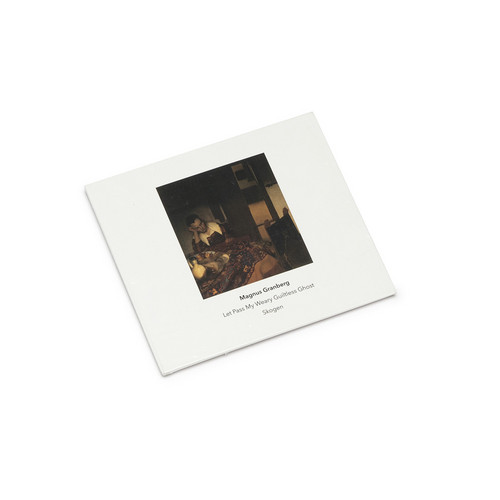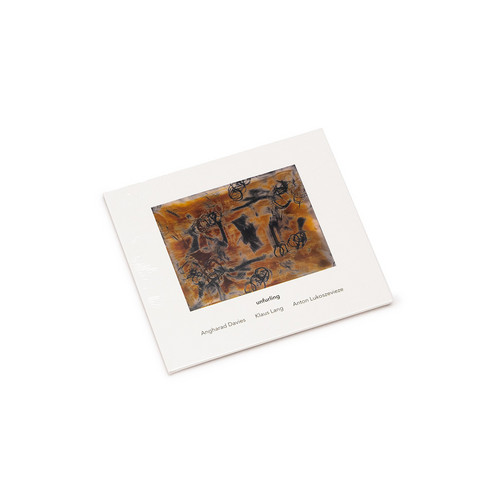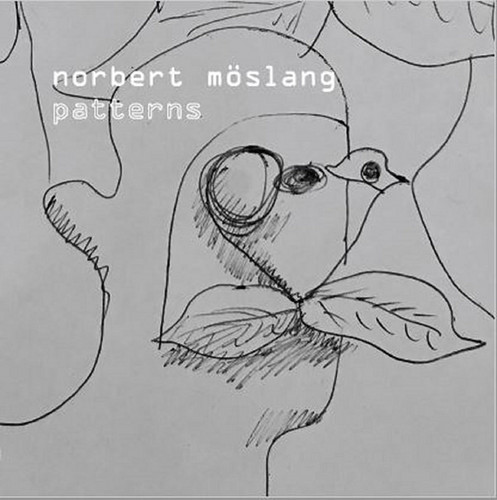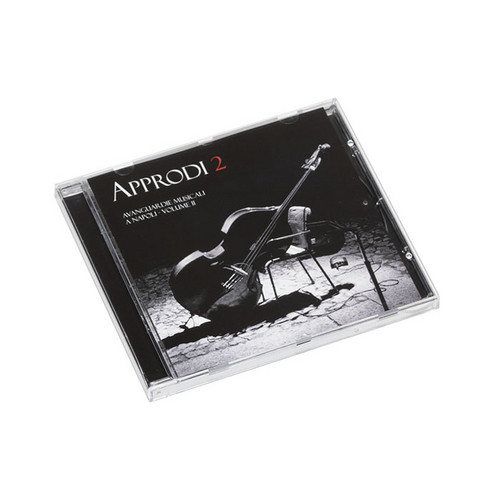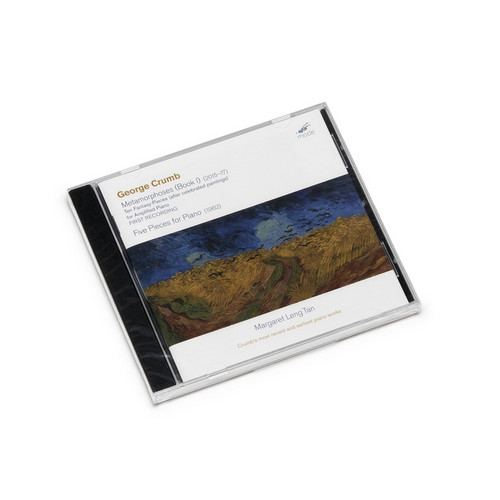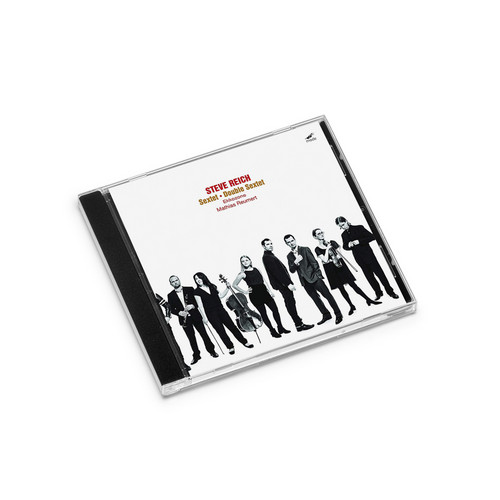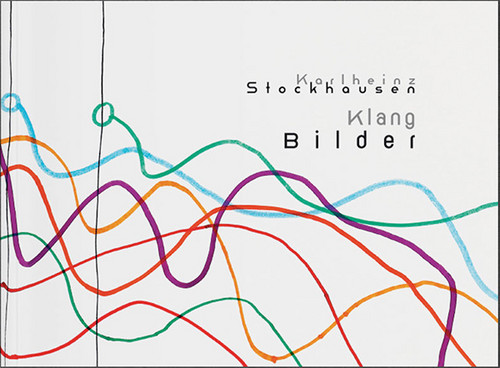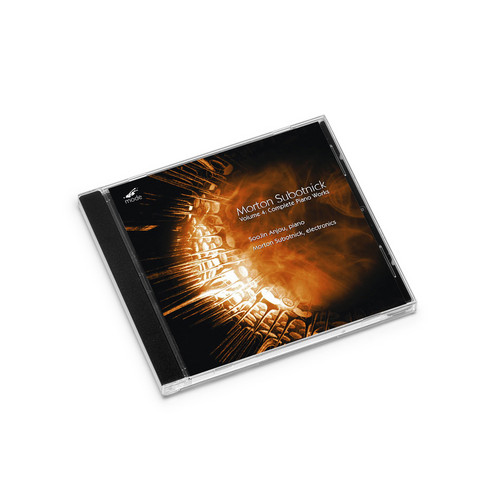Unseen
The innovative acoustic free improvising ensemble Polwechsel, bridging contemporary music and free improvisation in ways that sound deceptively electroacoustic and comprised of Michael Moser on cello, Werner Dafeldecker on double bass, and Martin Brandlmayr & Burkhard Beins on cymbals & percussion, are joined by Klaus Lang performing on the church organ of St. Lambrecht's Abbey.
Notturni
Seven works composed in the 21st century by Sebastian Gottschick, who arranges and conducts the Ensemble Fur Neue Musick Zurich, configured as an ensemble with percussion, a sextet, a chamber ensemble with baritone and soprano, and performing himself solo on viola; sophisticated and modern works that employ complex tonality, timbre and playing techniques.
Another Songbook
Conductor Sebastian Gottschick presents an additional selection of songs and chamber music works from composer Charles Edward Ives that reflect this broad range, 20 mostly brief and innovative works composed between 1898 and 1921, blurring the boundaries between genres through unusual motifs, themes, gestures and phrases that appear in new vocal and/or instrumental contexts.
Satoko Inoue Presents Jo Kondo's New Works For Piano
The second album of piano works from Japanese composer Jo Kondo performed by pianist Satoko Inoue--a noted interpreter of solo works by Feldman, Ferrari, and Cage--here presenting all of Kondo's works for solo piano written from 2001 to 2012, alongside two early works from 1975, exploring a wealth of harmonic, rhythmic, and conceptual ideas from a diversity of projects.
Baobab
Co-released with Umland Records, Germany. On one night in 2019, The Dorf (German for "village") took a heavy dose of the music of Phill Niblock. The impact on the musicians, gathering to play a double-length version of Niblock's Baobab and (in a second set) three "Dorf" tunes, was deep. It felt a bit like going to church -- a truly spiritual experience. At first, the audience did not believe the announcement that the "drone" piece would last for 46 minutes. Afterwards, their reactions showed the…
Hyazo
A new album from the trio who released Tse in 2016, and - along with violinist Angharad Davies - Awire in 2018. Three compositions of quiet and delicate beauty, two by Christoph Schiller, and the title track by Cyril Bondi.Cyril Bondi: Indian harmoniumPierre-Yves Martel: viola da gambaChristoph Schiller: spinet
Antifona
Following on from the wonderful "Cantilena", four new chamber works by the Paris-based Italian composer Giuliano d'Angiolini. Performers include Apartment House, Manuel Zurria, Mark Knoop and the composer.
Let Pass My Weary Guiltless Ghost
Let Pass My Weary Guiltless Ghost marks another chapter in Magnus Granberg’s ongoing exploration of the borderlands between improvisation and quietly radical chamber composition. Granberg draws from his background in saxophone and deep engagement with traditions spanning classical, folk, and the avant-garde, establishing a musical language marked by reserved urgency and gentle abstraction, performed by his dedicated ensemble Skogen.
The recording is structured to allow strings, clarinet, piano, …
Fűr Biliana
Ernstalbrecht Stiebler’s Für Biliana unfolds as a quietly powerful study in sustained resonance and tactile silence, brought to life with understated virtuosity by Biliana Voutchkova and her collaborators. Across four compositions - including the eponymous solo piece and “Glissando,” both written for Voutchkova, as well as “Duo 4 / Parallelen” and “Extension für Streichtrio” - Stiebler investigates the possibilities of sonority, repetition, and space in chamber music. His distinctive architectur…
Unfurling
Unfurling introduces a trio where established voices in contemporary experimental music - Angharad Davies, Klaus Lang, and Anton Lukoszevieze - are brought together in an environment shaped as much by deep listening as by compositional foresight. Born out of a residency and recorded during the intense yet open space of a single studio session, the album becomes a portrait of creative trust and shared focus. Throughout the 52-minute performance, each musician both asserts and dissolves their indi…
Patterns
Soprano saxophone player Sascha Armbruster, oboe player Kelsey Maiorano, clarinetist Toshiko Sakakibara, trumpeter Jens Bracher, trombonist Stephen Menotti and tuba player Janne Jakobsen gather together and record the compositions written by Norbert Moslang. “Patterns” is a new record on “Bocian” label – this album is a mix of academic avant-garde, experimental music, free improvisation and avant-garde jazz. The musicians join together different kinds of motions, expressions, styles and passions…
Approdi 2, Avanguardie Musicali a Napoli - Volume II
**300 copies** Avant-garde and experimental musics are intrinsically connected to community, collectivism, support, and collaboration. Audiences and artists, stretching to every corner of the globe, continuously rely on each other to push into ever more ambitious realms. This spirit of discourse has always been central to the multigenerational contexts of avant-garde and experimental music from Italy. For decades, neglected and over looked by their international peers, the country’s musicians an…
Grają Chopina
Małe Instrumenty (Small Instruments) are a band exploring new sounds using a wide array of small instruments. The instruments used in their sonic experiments feature an ever expanding array of professional instruments, sound toys made for children or naive in nature, strange musical inventions as well as a whole array of small items that aren't really instruments but do make a sound. The music created in this way reveals unique colours of sound sometimes beautiful and fine, sometimes surprising …
Gruppo di Construzione
Małe Instrumenty (Small Instruments) are a band exploring new sounds using a wide array of small instruments. The instruments used in their sonic experiments feature an ever expanding array of professional instruments, sound toys made for children or naive in nature, strange musical inventions as well as a whole array of small items that aren't really instruments but do make a sound. The music created in this way reveals unique colours of sound sometimes beautiful and fine, sometimes surprising …
Metamorphoses (Book I) / Five Pieces for Piano
"This historic release couples George Crumb’s earliest work for piano, the Five Pieces for Piano (1962) with his most recent piano cycle, Metamorphoses (2017). Margaret Leng Tan has long been a champion of Crumb’s music, and he composed Metamorphoses (Book 1) for her. This recording is of the German premiere at the legendary Donaueschingen Festival in 2017.Crumb’s Metamorphoses is a natural descendent of his monumental Makrokosmos I & II piano cycle of the early 1970s. With a nod to Mussorgsky’s…
Sextet & Double Sextet
*2022 stock.* "This release couples two of Reich’s “sextets” for the first time: the Sextet of 1984 and the Pulitzer Prize winning Double Sextet of 2007. A striking difference between the two pieces is that the rhythmic world of Sextet mostly consists of a single-meter grooving, while Double Sextet works in the angular, off-kilter shifting meters reminiscent of Reich’s Tehillim (also of Stravinsky). Ekkozone impart a uniquely chamber music feel and color to these works while maintaining their pr…
Kurzwellen
"The performers in Kurzwellen react to the completely unforeseeable events which they receive on short-wave radios while performing on their instruments. But this is not improvisation. Stockhausen’s score instructs them how to transform what they hear: how they imitate and modulate it, make it longer or shorter, how to rhythmically articulate it, higher or lower, louder or softer, darker or more playful. Whether they should play and as solo, duo, trio or quartet, etc.Though not so familiar now, …
Echo.Trio.Fragile.Eyot.
**300 copies** "Taken together, these works not only trigger concentrated, deep(er) listening, making a great case for the importance of silence as a decisive and structural element, but they also stress that the line between a composition and an installation is an imaginary one, or at least much more fluid than one might think." - Guy Peters"Four remarkable avant-garde recordings, two of which document sound installations – gently inspiring." - Kevin Press, The Moderns"I easily admit I don’t kn…
Klang Bilder
**Hardcover edition**In the late 1950s, avant-garde musicians were exploring new ways of expressing their experimental compositions in writing. Searching for a universal language that would reach far beyond music, they no longer considered the traditional system of musical notation as sufficient. By progressing into electronic music, as well as by linking music and performance, they blurred the boundaries between different genres and inevitably changed the notation of music. Karlheinz Stockhause…
Complete Piano Works
This release brings all of Morton Subotnick’s piano music together on one album for the first time, along with four first recordings, all supervised by the composer.Liquid Strata is an important work in Subotnick’s oeuvre. Here the electronic component is what he calls “ghost electronics,” and this is the first of 11 Ghost Pieces. In these works, Subotnick sought to address technology in a way that highlights rather than compromises the inherent features and strengths of acoustical instruments. …
